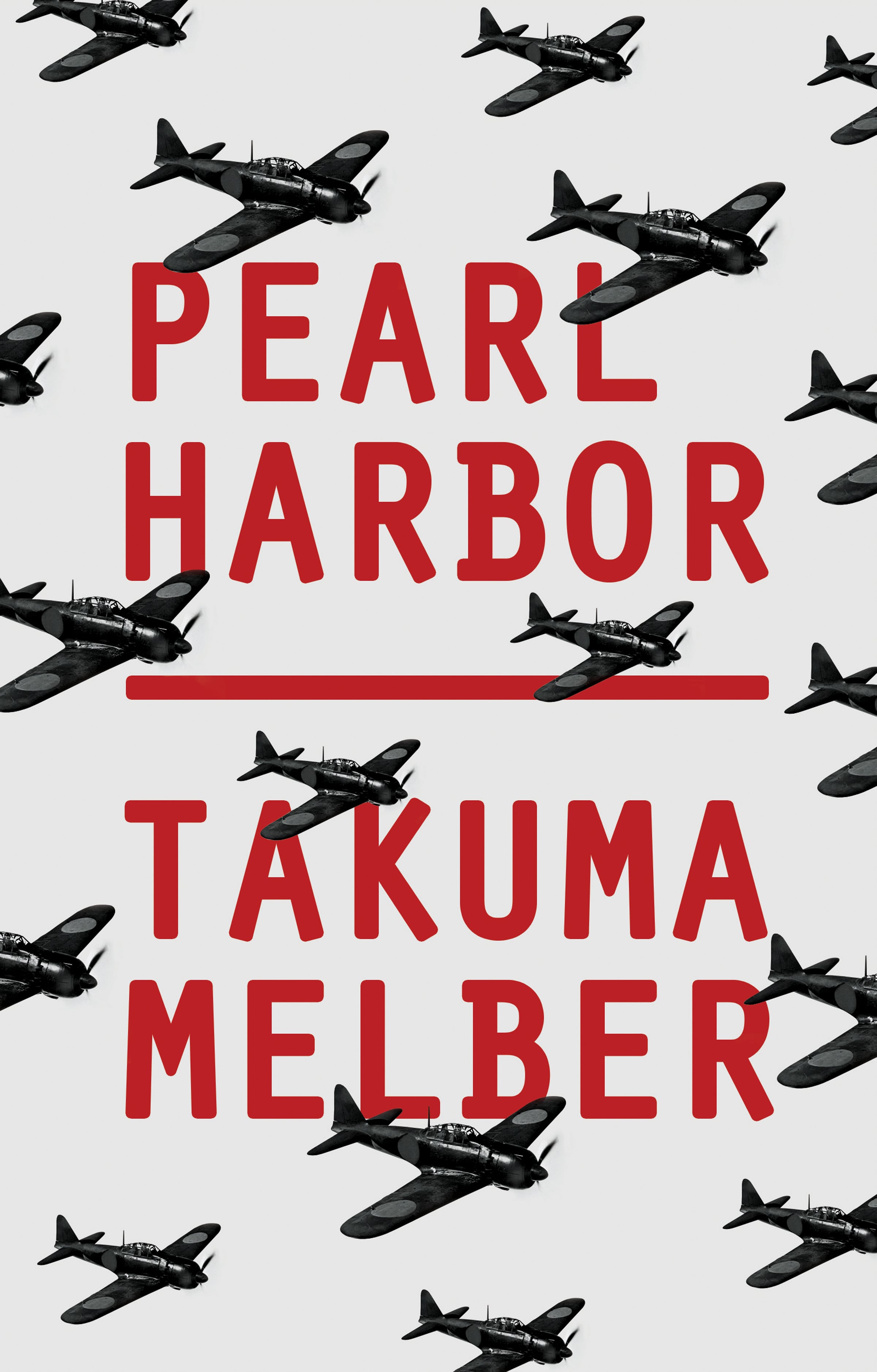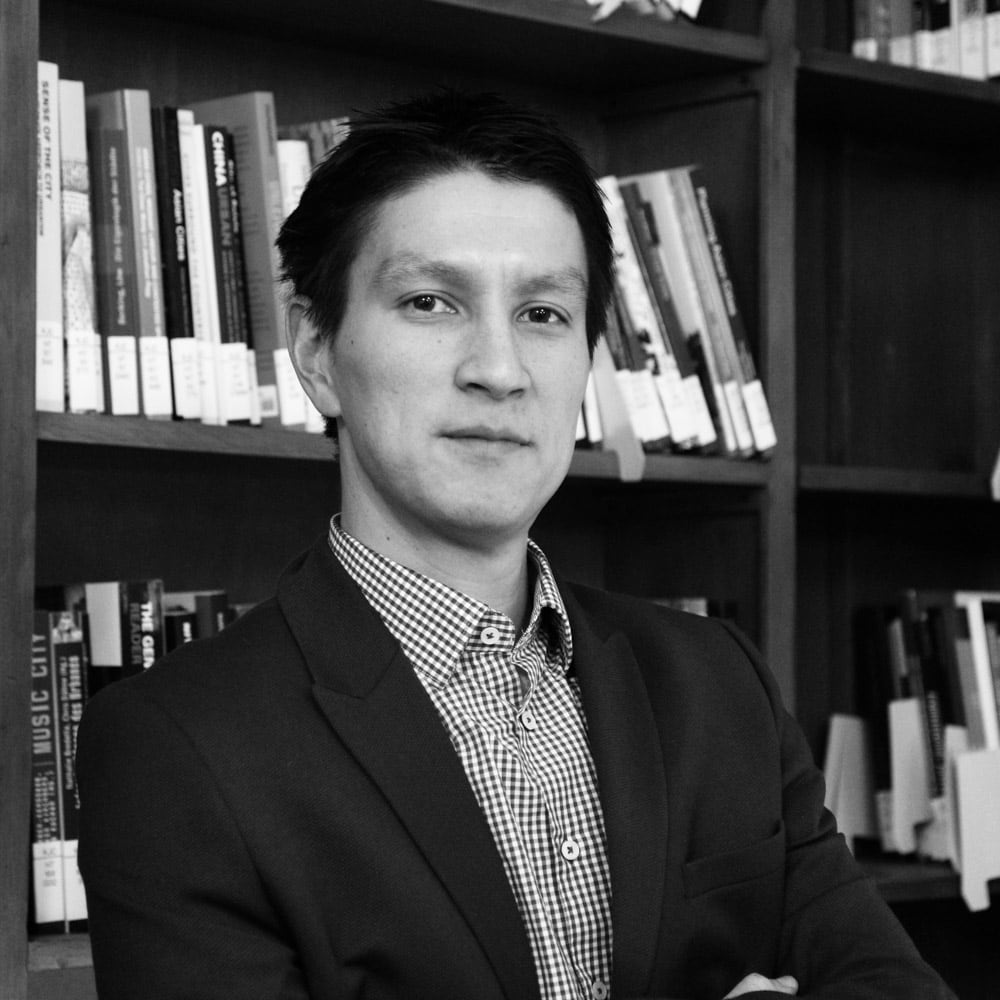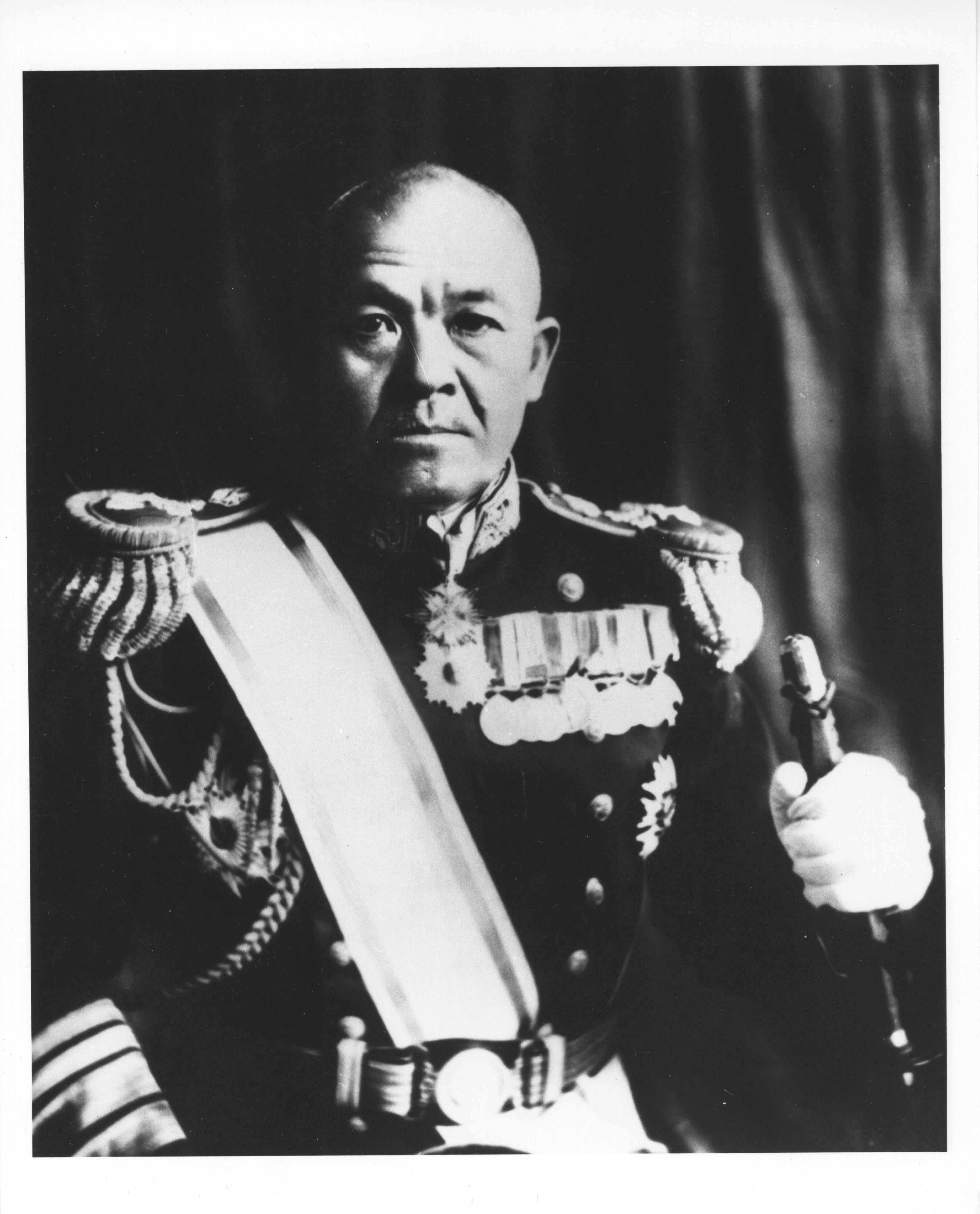For 80 years the Imperial Japanese military attack on Pearl Harbor and wider assault throughout the Pacific theater that brought the United States into World War II has seen countless retellings, analyses and even its share of conspiracy theories.
That history has largely been told from a distinctly American perspective for a U.S. audience. But a book published this past year offers a blow-by-blow account, diving into previously untranslated primary source material, from the Japanese perspective.
Dr. Takuma Melber, a modern Japanese historian and lecturer at Heidelberg Centre for Transcultural Studies in Germany, spoke with Military Times about his new book, “Pearl Harbor” and how tenuous the launch and success of the operation was and how Japan’s ultimate doom was possibly written in poor decisions made at the conclusion of the attack.
Melber wrote his doctoral dissertation on the actions of the Imperial Japanese military in Malaysia and Singapore between 1942 and 1945 before he penned his recent volume on Pearl Harbor.
*Editor’s note: the below Q&A has been edited for clarity and content.
Q: What drew your interest to Pearl Harbor, especially from the Japanese perspective?
A: I’m the son of a Japanese mother and German father, raised in Germany. I never met my Japanese grandfather who served during the war. I never had an opportunity to talk with him about that time. While there’s a lot of material about the attacks, historical and otherwise, there’s very little that’s been translated from Japanese to English. So, more than five years ago, I began looking at secondary sources, monographs, books and memoirs written by Japanese people involved with planning, decision making and conducting the attack.
For example, the Japanese Minister of Foreign Affairs Yosuke Matsuoka, who was in office leading up the attacks, later wrote a lengthy memoir detailing what led to the decision to conduct the attacks and the internal struggles, resistance and conflicts within the wartime government. As recently as five years ago, it still hadn’t been translated.

Q: What are some of the key pieces of information, on the Japanese side, that readers should know about what led to the attacks?
A: Following an oil embargo and stalled negotiations as to Japan’s territorial claims in China, members of the military and some government leaders saw a preemptive strike on United States positions as what would determine the survival of the Japanese empire. But as recently as the summer of 1941, only five months before the attack, most leadership wanted to avoid a fight with the United States. Japanese leaders realized that the United States had vast resources and reach and could win a prolonged war with Japan.
Some of the top leadership, including Adm. Osami Nagano and Adm. Isoroku Yamamoto opposed a war with the United States.
“A war with such small prospects for success should not be waged,” Nagano said in transcripts of the Imperial Congress ahead of the attack.
“A decision (to go to war) has been made that is diametrically opposed to my attitude as an individual,” Yamamoto wrote a friend before the operation. But he saw no other choice as his duty to his government and emperor were ironclad. “I should regard it as my destiny,” he wrote.
Strangely enough, Yamamoto was somewhat of an anglophile and had many friends in the United States. He told leadership he doubted that Japan could match the United States’ industrial might for wartime production and saw resources shortages such as oil reserves and other materials as major obstacles to Japan’s success.
But U.S. diplomats and officials were standing firm on Japan relinquishing the territories they’d taken in their war with China. Ashley Clarke, a member of the British embassy in Tokyo at the time, had warned that the Japanese government could not go to its people and say it was giving up the territory for which so many of their sons had only recently died to obtain.

Q: This was a large-scale operation. How was the Japanese military able to plan and execute the attack in secret and what challenges did they face?
A: Warships had gathered in the Tankan Bay area on Nov. 22, 1941, ahead of the Nov. 25 deadline for negotiations with the United States. A “mobile force” of six aircraft carriers with more than 360 aircraft on board, two battleships, three cruisers and nine destroy escorts set sail on Nov. 26 for Hawaii. Had they spotted any enemy ships they were instructed to sink them immediately to prevent the fleet from being detected.
That entire mobile fleet was under complete radio silence. False radio signals were transmitted from the Japanese coast to deceive American intelligence units.
Even though the fleet was in place, the official Japanese government decision to attack Pearl Harbor didn’t come until Dec. 5, 1941.
There were early plans to attack at night, but those were changed when pilots found problems forming squadrons in dark. In training for the attack, pilots also found another problem, Model II torpedoes released from the air sank to 65 feet in the water, meaning their explosions would be ineffective in the harbor, which was 40 feet deep at most points.
They had to fit the torpedoes with wooden fins, which stabilized them and kept them from sinking below 40 feet. Those new torpedoes were put under rapid manufacturing and delivered to the fleet on Nov. 17.
Japanese spies in Hawaii proved invaluable. That’s how the military knew to attack when they did. Leaders learned that U.S. ships were not protected by torpedo nets and that the ships went on maneuvers during the week but returned to harbor on the weekends.

Q: What were some mistakes or missed opportunities on the U.S. side as the attack commenced?
A: Just before 4 a.m. on Dec. 7 a U.S. destroyer commander received reports from minesweepers that they’d spotted a submarine periscope a few miles south of the Pearl Harbor entrance. The commander immediately searched the area but, finding nothing, cancelled the alarm. A half hour later U.S. patrol boats and minesweepers returned to the harbor and the net lowered to allow them in stayed open for the next four hours.
During that window, another alarm sounded that a submarine appeared to be entering the harbor in the wake of a U.S. ship. The USS Ward dropped four depth charges, believing at least one had struck its target. This should have been a big warning to higher command, but neither the commander in chief of the Pacific fleet nor his staff gave the report much attention because similar past reports had proven to be false alarms.
In fact, the reports were written off as unrealistic even a decade after the attacks. But in 2002 a Hawaiian research team discovered the sunken Japanese midget sub and its dead crew in the harbor.
When Japanese pilots were about halfway to Pearl Harbor, an Army radar station on the north coast of Oahu spotted incoming aircraft. Due to a “strong echo” on the radar screen, the two radar operators assumed a huge fleet of aircraft were approaching and immediately reported it to headquarters.
But the entire signals platoon at Fort Shafter was at breakfast and a young, inexperienced lieutenant on duty misinterpreted the radar operators’ report and assumed it was a B-17 squadron that had taken off from California and was due to arrive in Hawaii at about that time.
Q: Despite the devastation of the attack were there missed opportunities for the Japanese?
A: Japanese military planners had refueled and readied planes for a possible American counterattack following the first wave. They saw protecting their aircraft carriers as their main concern. However, they missed the chance to neutralize oil tanks and shipyards in Pearl Harbor, which turned out to be a fatal error, allowing the U.S. fleet to recover much quicker than expected.
Q: How was the attack viewed by the Japanese military and people immediately, and how did that change over time?
A: They saw it as a tremendous success and it was until the turning point at the Battle of Midway. Most Japanese learned of the news through wartime propaganda. Until Pearl Harbor, many people did not believe that Japan could win a war, even against China. Many famous voices were calling to stop the war with China, and Pearl Harbor was kind of a booster, not only for the soldiers but for the whole Japanese society.
Now most view the attack as a big mistake, they’re still asking why politicians made this wrong decision. At the time it must have been clear for all Japanese that they just can’t win this war. Now Japan is the United State’s closest ally in the region. There was a partnership between the nations before the war. Why did we give up this friendship in the 1940s with this stupid Pearl Harbor attack?
Q: What should U.S. readers take away from this work you’ve done on Pearl Harbor?
A: American historians came to this after the war and the first reaction was that the Japanese tricked us but it was our own fault. Racism and cultural superiority before the attack saw that the Japanese had no ability for planning such an attack, so its success must be a failure by U.S. leaders. That led to conspiracy theories, including one that President Franklin D. Roosevelt allowed the attacks to happen because he wanted an excuse to enter the war, which is false. I hope that American readers get an understanding for the other side. It’s always easy to blame culture and other people, it helps to understand that there were also human beings on the other side involved in those decisions.
Todd South has written about crime, courts, government and the military for multiple publications since 2004 and was named a 2014 Pulitzer finalist for a co-written project on witness intimidation. Todd is a Marine veteran of the Iraq War.





